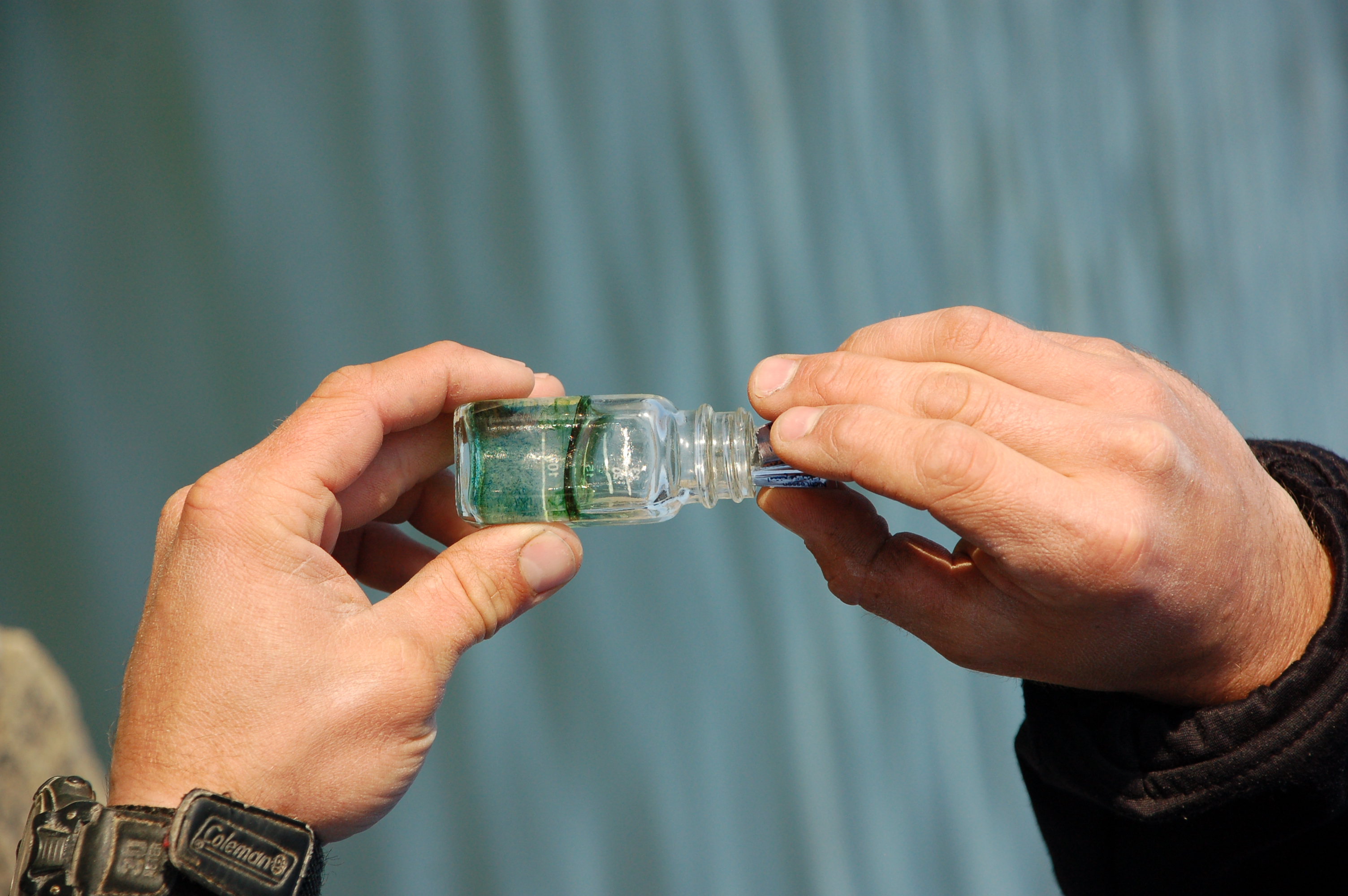Lime is one of the most common additives for soil in pastures and food plots. It acts to lower the acidity of soil which allows plants to take up nutrients more efficiently. But what can it do for your pond and how can you tell if your pond needs it?
In ponds, phosphorus is an essential part of phytoplankton production. Phosphorus precipitates out of the water column much faster in ponds with a pH lower than 6.5 than in a pond with a stable pH of between 6.5-8.5. Lime will lessen your acidity and increase alkalinity, which will help the phosphorus to remain in solution for the maximum amount of time. More usable phosphorus means more successful plankton blooms. The effects of these blooms climb the food chain and eventually benefit all the fish in the system. Lime also neutralizes the acidity of bottom mud and increases calcium and magnesium concentrations. This acts as a buffer to lessen natural pH swings.
Checking pH Levels
Can checking the pH of your pond tell you if you need lime or not? pH alone can act as a primary indicator that you might need lime, but should not be used as the only deciding factor. Most pond owners are not aware that pH in a pond varies on a daily basis. Values are typically low in the morning and higher in the evening due to photosynthesis that takes place throughout the day. To get a true idea of your pond's lime requirement, it is best to also use total hardness and alkalinity.
That being said, ponds with total hardness and alkalinity levels of less that 20-ppm (parts per million) will benefit the most from the addition of lime. Also, ponds in East Texas are more subject to needing lime because of the presence of pine trees. The needles that fall from pine trees into ponds release tannins, which are slightly acidic. The steady supply of needles from evergreen pine trees can cause your lake to have high acidity on a year round basis. The addition of lime will help to neutralize that acidity enough for the plants and plankton to benefit.
The best time of year to “lime” a pond is during the fall, winter and early spring. This gives the lime plenty of time to react completely with the pond before beginning a fertilization program, which allows best nutrient uptake by phytoplankton for the spring and summer blooms.
Happy Fishing!
Brad Metzler, President




